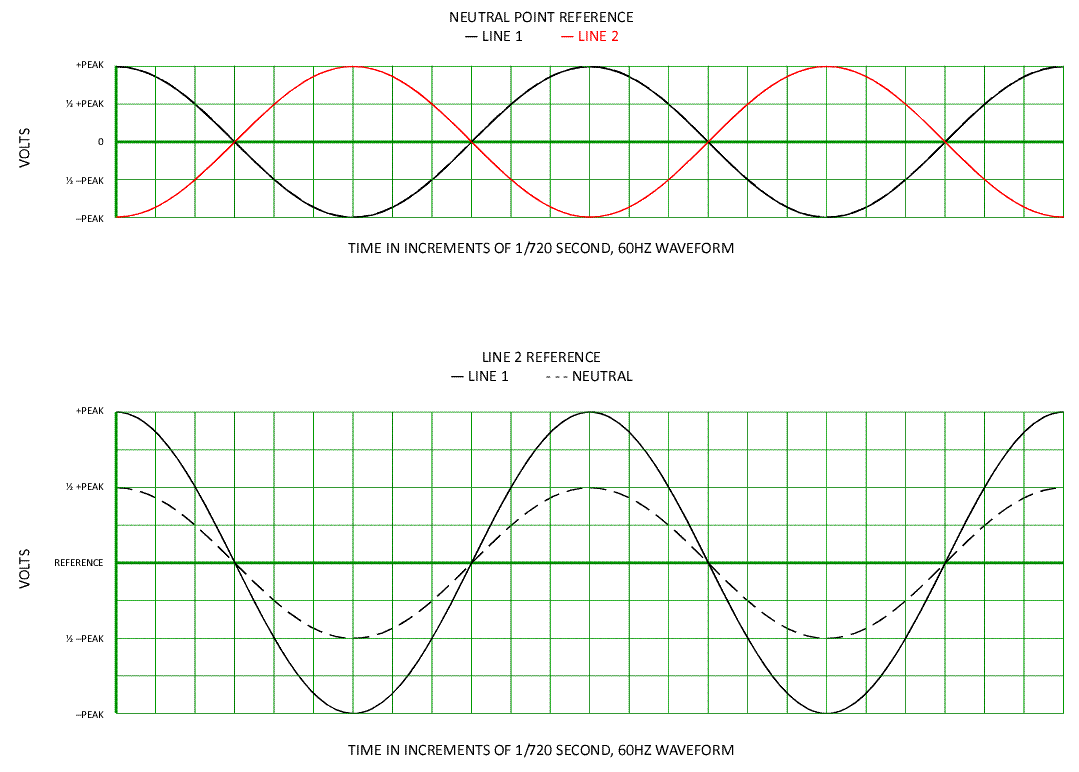HOW does electricity WORK ???? What is your best answer that does NOT come from a textbook???
I CHALLENGE you to a reply !!!
Sir, I accept your challenge! :grin: I can't explain everything first, so I'll start with how electricity flows through a conductor, using your favorite analogy, a pipe (sort of), but instead of air or water, marbles.
Imagine a garden hose filled from end to end with marbles. What happens if you force another one in one end? A marble pops out of the other end. Not the same marble, but a similar marble.
Electrons orbit the nuclei in layers (aka valence shells.) The first layer can contain one or two electrons; if the atom happens to have a third electron, it will be the start of the second layer (up to eight), etc.
If the outermost layer is filled, or nearly filled, the electrons are bound tightly to the atom, and cannot be easily bumped away by another electron. These materials are electrically insulative.
Materials that are electrically conductive happen to have only one (or sometimes two) electrons in the outermost layer, and these 'free electrons' are easily bumped away and replaced by another one.
Gold, silver, copper, aluminum, and most other metals all happen to have only one electron in their outermost layer (aka a valence shell), so that electron can easily be displaced by a 'rogue' from outside.
A new electron introduced into one end of a conductor takes the place of the free electron of the 'first' atom, which bumps into the free electron of the next atom, and so forth. There is one requirement:
The free electron from the 'last' electron must have a place to go, which is why an electric circuit must be a loop, to provide a pathway for what we often call current 'returning to the source.'
Now, back to pipe: imagine a closed loop of 1" pipe with a circulating pump in the loop. The 'current' of water will flow through the loop as fast as the pump can pump it. Let's add that speed heats the water.
Now, in order for anything useful to be done, we add a hydraulic motor halfway around the loop, to spin, say, a fan. The harder the fan is to spin, the harder the pump is to spin, so will need a longer handle.
Electrical analogy: The pump is a generator, the pipe is a conductor, the hydraulic motor is a load, the water pressure is the voltage, and the resultant flow (based on pressure and resistance) is the current.
If we decrease the diameter of the pipe (smaller wire gauge), friction (resistance) adds to the difficulty of moving the water; likewise, a larger pipe reduces the friction. We also have to move the load.
Wow! I expected this to be a short analogy. Oh, well. I think you get the idea. Let me know if this is either too basic or too complex.


